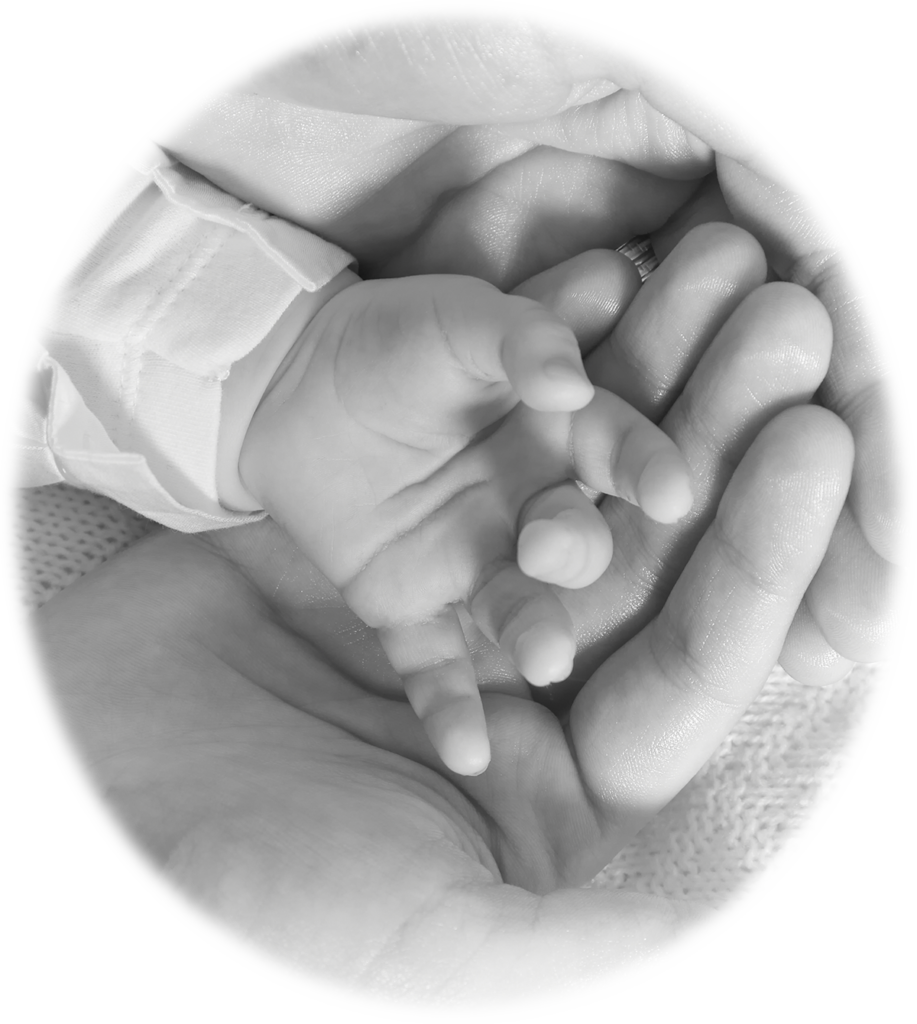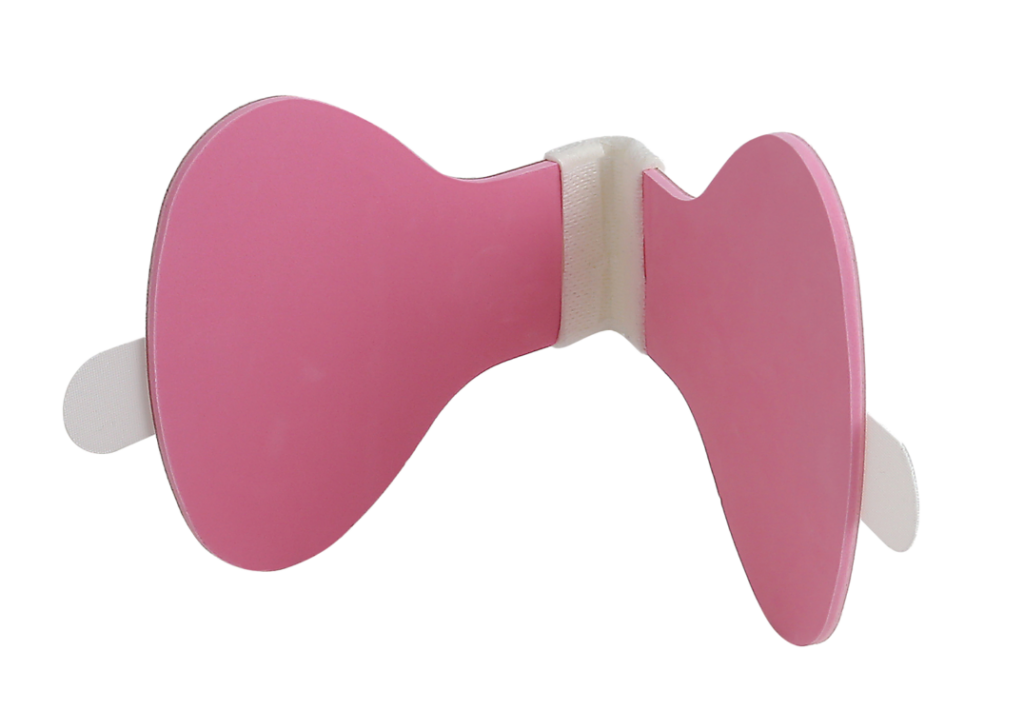
Designed For You And Your Baby
The Labor Guard device was designed to allow you to focus more on your newborn and less on your postpartum recovery.
Hemorrhoids are one of the most common complications of pregnancy and childbirth. They can last up to 6 months postpartum, making an already trying time for a new mom more difficult and even more painful.
The Labor Guard Perianal Stabilizer is a disposable, non-invasive medical device applied during active labor that provides counter-pressure to protect the anus, preventing hemorrhoids during vaginal childbirth.
The Labor Guard device is the only product clinically proven to help prevent delivery-induced hemorrhoids. Request it for your delivery today.
Hemorrhoids and Pregnancy
Moms-to-be may get hemorrhoids in the third trimester, as blood flow begins to increase to the pelvic area. Pressure from your growing baby can cause veins in the anus to swell and cause internal or external hemorrhoids. Hemorrhoids during pregnancy increase the chance of hemorrhoids during delivery. The Labor Guard Perianal Stabilizer is 99.8% effective in preventing external hemorrhoids during vaginal childbirth.
Safe
FDA-cleared and completely external.
Simple
Non-invasive, single-use, and easy to apply.
Effective
99.8% effective1

Clinically Proven Results
The Labor Guard Perianal Stabilizer is a disposable, non-invasive medical device applied during active labor. It provides counter-pressure to prevent anal tissue strain, thus preventing hemorrhoids.
The device was developed over the course of 4 years and is FDA-cleared for use by trained medical professionals. It’s completely safe and while simple in its design, is incredibly effective.
About The Labor Guard Device

Quick Facts About The Labor Guard device
- The device is completely external and non-invasive
- The Labor Guard product is sterile and single-use
- The product is designed to not interfere with delivery
- The device is used during the transition phase of labor (8-10 cm of cervical dilation)
References
- Stern, JB. Results of a Novel Device Designed to Reduce the Occurrence of Hemorrhoids Resulting from Vaginal Deliveries. US Obstetrics & Gynecology, 2011; 6(1):38-40.
- Abramowitz, L., et al.: Anal Fissure and thrombosed External Hemorrhoids Before and After Deliver. Diseases of the Colon & Rectum. 2002;45:650-655.
- Gjerdingen DK, Froberg DG, Chaloner KM, McGovern PM. Changes in women’s physical health during the first postpartum year. Archives of Family Medicine. 1993;2(3):277-283. doi:10.1001/archfami.2.3.277.
- Gruis M. Beyond maternity: postpartum concerns of mothers. MCN: The American Journal of Maternal/Child Nursing. 1977;2:182-188.
- Harrison MJ, Hicks SA. Postpartum concerns of mothers and their sources of help. Canadian Journal of Public Health. 1983;74: 325-328.
- Centers for Disease Control and Prevention. (2022, May 16). FastStats – Births – method of delivery. Centers for Disease Control and Prevention. Retrieved June 6, 2022, from https://www.cdc.gov/nchs/fastats/delivery.htm.
- Abramowitz, 38.
- Bohman VR, Pavlica DT, Bohman SR. Association of a perianal stabilization device with cesarean section rate: A prospective observational study. Clinical Pbstetrics, Gynecology and Reproductive Medicine. 2020; (6):1-5. DOI: 10.15761/COGRM.1000293.



